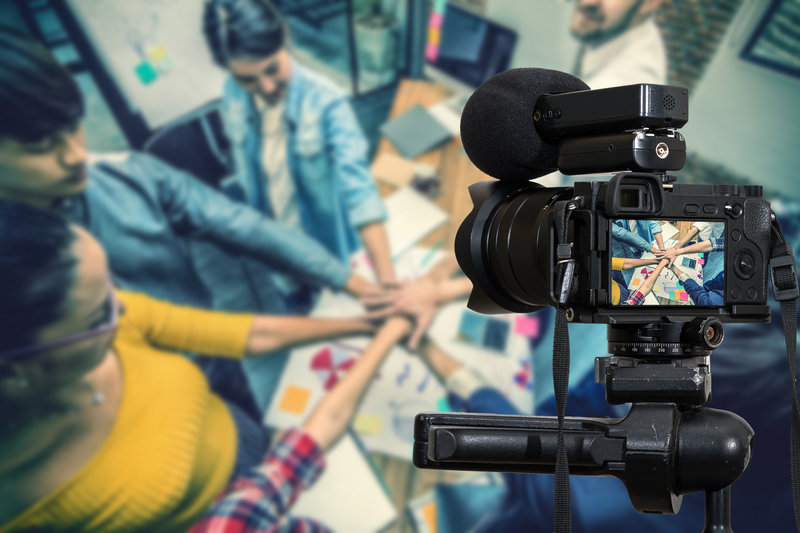ATD Blog
How to Get Your Talent Development Videos Section 508 Compliant
Sun Sep 08 2019

If you’re creating video content or know someone who is, you’ve probably heard about Section 508. Recently, word of getting “508 compliant” has been spreading. Maybe you know that you need to get in compliance, and you agree with it, but you’re caught wondering, “What exactly does that mean and how do I get started?”
When it comes to talent development videos, there are a few things you need to know to meet 508 requirements. We’ll break them down for you here. Rest assured, when you’re through reading, you’ll know what Section 508 means for you and how to get in compliance.
Fill Me In. What Is Section 508?
In the United States, three major federal accessibility laws affect web and video accessibility: the Americans with Disabilities Act (ADA), the 21st Century Communications and Video Act (CVAA), and the Rehabilitation Act. Section 508 is one section of the Rehabilitation Act, which requires federal electronic communications and information technologies, such as videos, websites, email, or web documents, be accessible everyone.
Section 508 aims to give all users a comparable experience from all government media. For a video to be accessible, a person must be able to understand the message, no matter their disability. There are numerous specific requirements for making video content accessible for everyone.
Three main factors to making your videos 508 compliant are:
captions
audio description
accessible video player.
Captions
Closed captions are a visual representation of the audio in a video. They make video accessible to individuals who are deaf or hard of hearing by providing a text-based and time-synchronized alternative to the audio.
In addition to the spoken audio, captions include non-speech elements like speaker IDs and sounds that are critical to the watcher’s understanding of what is happening in the video.
Audio Description
Audio description is an audio track that narrates the relevant visual information in media. Audio description assumes that the viewer cannot see, and therefore depicts the key visual elements that are necessary to understanding the content as an accommodation for viewers who are blind or visually impaired.
Accessible Video Player
A video player can make the difference in your videos’ accessibility. While the technical components that make a video player accessible (or 508 compliant) can be overwhelming, digital.gov does a great job of breaking down the different requirements and features.
Digital.gov lists three necessary requirements for 508 compliance:
accessible features like captioning and audio descriptions (for users who are deaf or blind)
keyboard navigable features (for users who have difficulty operating a mouse)
speech recognition (for those not using a keyboard or a mouse; for example, a person could say, “Click play,” and the video would play).
What Does This Have to Do With TD Videos?
Each year the average American clocks in around 1,790 working hours. With so much time spent in the workplace, it’s imperative that individuals have what they need to be successful. This includes providing all individuals with equal access, regardless of ability.
According to the Center for Disease Control and Prevention (CDC), 25 percent of U.S. adults reported having a disability that affects major life activities, which means many of the individuals consuming your talent development videos may be blind or visually impaired, deaf or hard-of-hearing, cognitively impaired, or mobility challenged. For these individuals, being able to access talent development videos can greatly influence the ability to perform their job duties or stay competitive in the workforce.
Accessibility affects more people than you may think. According to a recent study published by the Center for Talent Innovation (CTI), 30 percent of full-time, white-collar professionals in the United States have a disability. If you think this number seems high, remember that 62 percent of employees with a disability have an invisible disability or one that people cannot immediately identify upon meeting them, such as being hard of hearing or having a visual impairment. In fact, 60 percent of those who have hearing loss are either in the workforce or in an educational setting.
Getting Started
There are two general approaches to captioning and describing your videos: doing it yourself and outsourcing. While the do-it-yourself method may seem fine at first, this method can quickly become time consuming and expensive while also leaving more room for mistakes. When accessibility is on the line, it’s important to have a trustworthy and reliable partner who can help you take care of your video accessibility needs in one stop.
